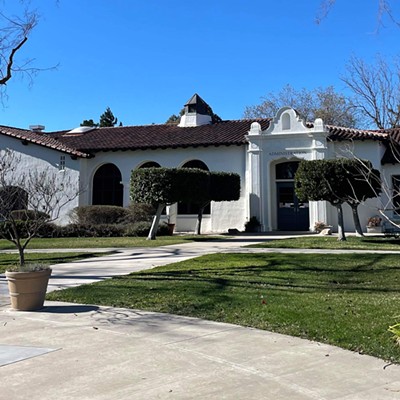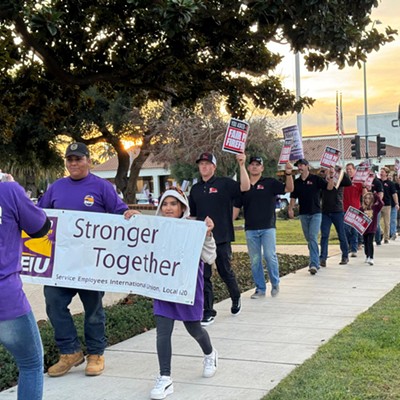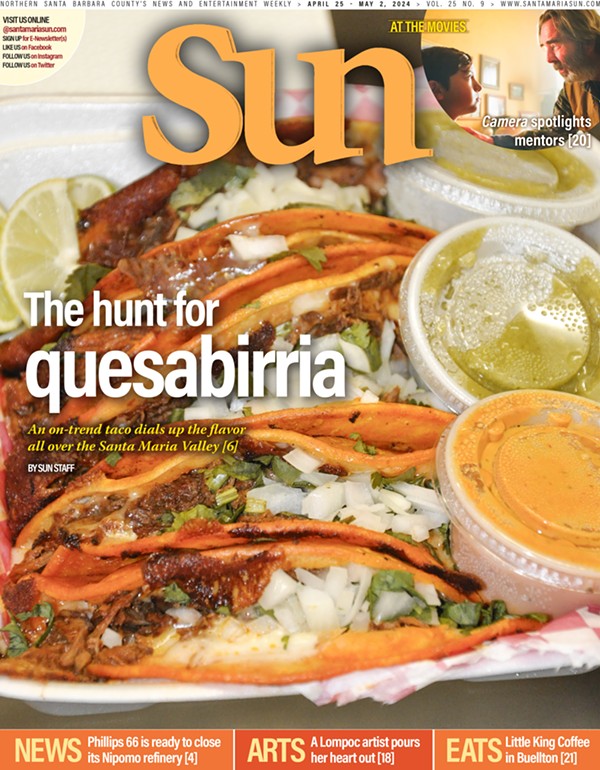The Santa Maria Planning Commission is recommending the City Council approve a land-use alternative during its Nov. 7 meeting that would include annexing 1,000 acres of agricultural land to be used for development in the city’s general plan, said Ken Hough, executive director for the Santa Barbara County Action Network (SBCAN).
The city’s general plan is meant to determine the path for city growth in the next two to three decades and consider elements like housing, transportation, environmental justice and land use, he said.
“They are at a step right now where they are wanting to adopt a land-use alternative that would guide the rest of the development of the general plan,” Hough said.

The city’s consultants and staff presented alternatives to the Santa Maria Planning Commission on Sept. 6: one that focused on infill development within the city limits, one that focused on expanding to agricultural lands to the east and west of city limits, and a hybrid option.
“There’s a fourth, which I call the hybrid-plus option because it included the acres of annexation and 200 more acres between Pioneer Valley High School and the landfill for a total of 1,000 acres of ag land, and for SBCAN, that’s a major concern,” Hough said.
The land-use development options, and the Planning Commission’s recommendation for the “hybrid-plus” option, are scheduled to go before the City Council on Nov. 7. SBCAN and other organizations are calling community members to attend the meeting and support the infill development alternative instead, Hough said.
“Ag land is super important here; there’s 50,000 acres of ag land. It’s only 1,000 acres in this case, but [they’re] important acres. It’s why the community exists, because it’s such a fertile valley and the biggest part of our economy,” Hough said. “If you chip away at it, then what’s next?”
For the last 20 years, SBCAN has been working to protect agricultural land and has been involved in advocating against annexation projects, particularly in Lompoc where the Santa Barbara Local Agency Formation Commission recently denied the city’s efforts to annex 148 acres of agricultural land.
“The negative impacts of expanding into farmland, it impacts greenhouse gas emissions, which impacts global warming and air quality with more miles driven and less walkability,” Hough said. “The infill alternative rates the highest for walkability, and the surveys the city did have the most support [for infill development].”
According to the Santa Maria General Plan report, 41 percent of survey respondents supported the infill alternative, followed by the hybrid options.
“The most important outcome was better walkability to destinations, followed by reduced traffic congestion,” the report stated. “Additionally, almost 60 percent of the survey respondents either strongly or somewhat supported allowing more high-density buildings along Broadway and Main Street.”
The report added that the infill option could be challenging for schools, parks, and public facilities since there are “not a lot of viable sites for new facilities in the center of the city, where growth is expected,” and city department heads also generally favor annexation.
During the Planning Commission meeting, residents came in to voice support for annexation because they were concerned about needing more space for housing and schools. Hough said, however, the infill alternative has the greatest excess capacity for housing units and it aligns with Santa Maria’s revitalization plan to create a more pedestrian friendly city.
“We’re hoping that the City Council will study the staff report, the consultant report’s analytics because the Planning Commission, by and large, did not,” Hough said. “We don’t need to annex in order to meet the market demand.”












